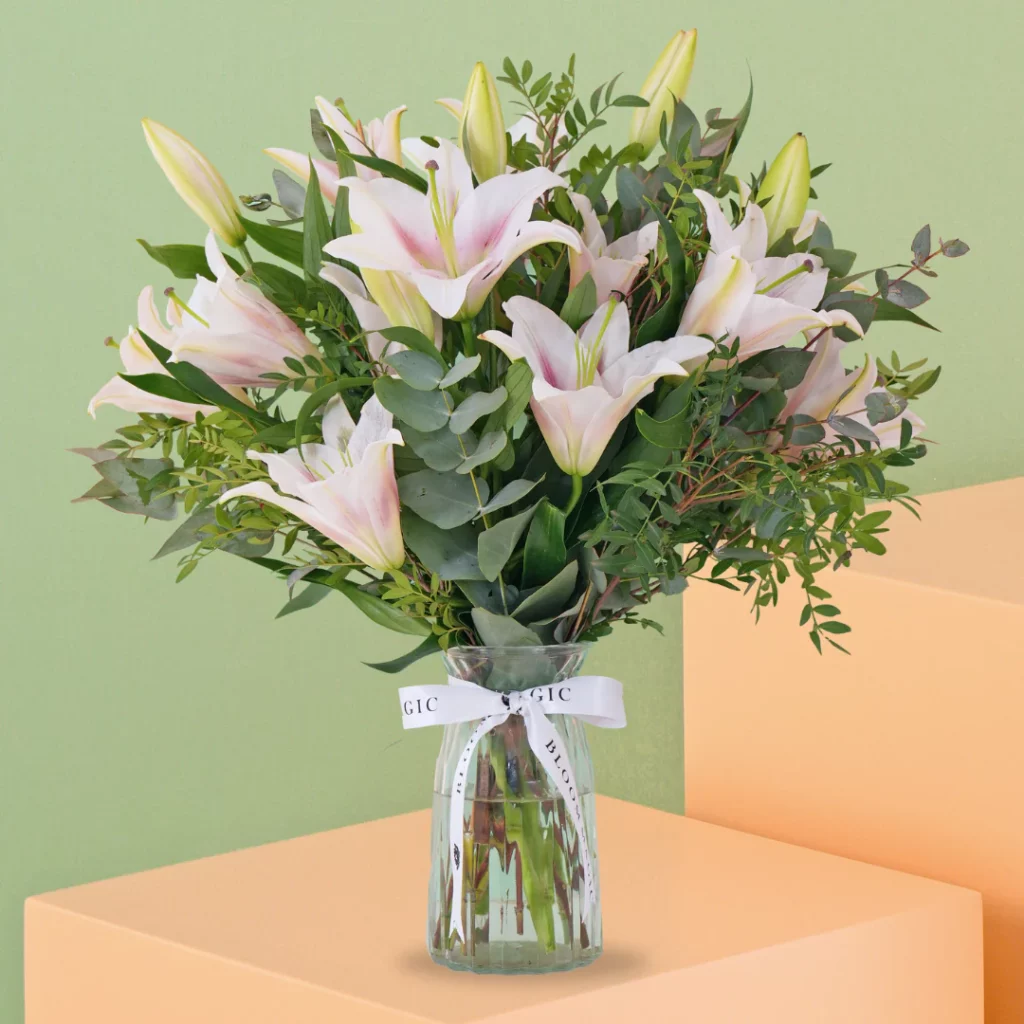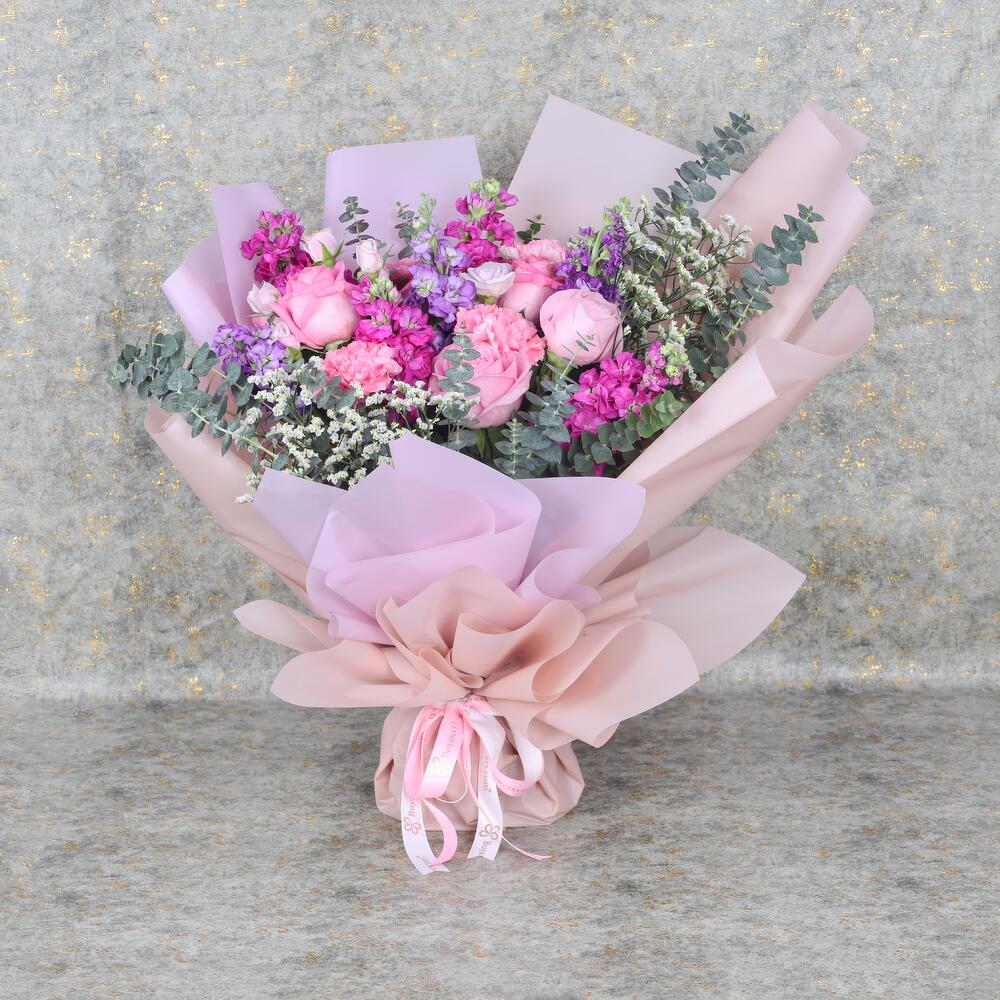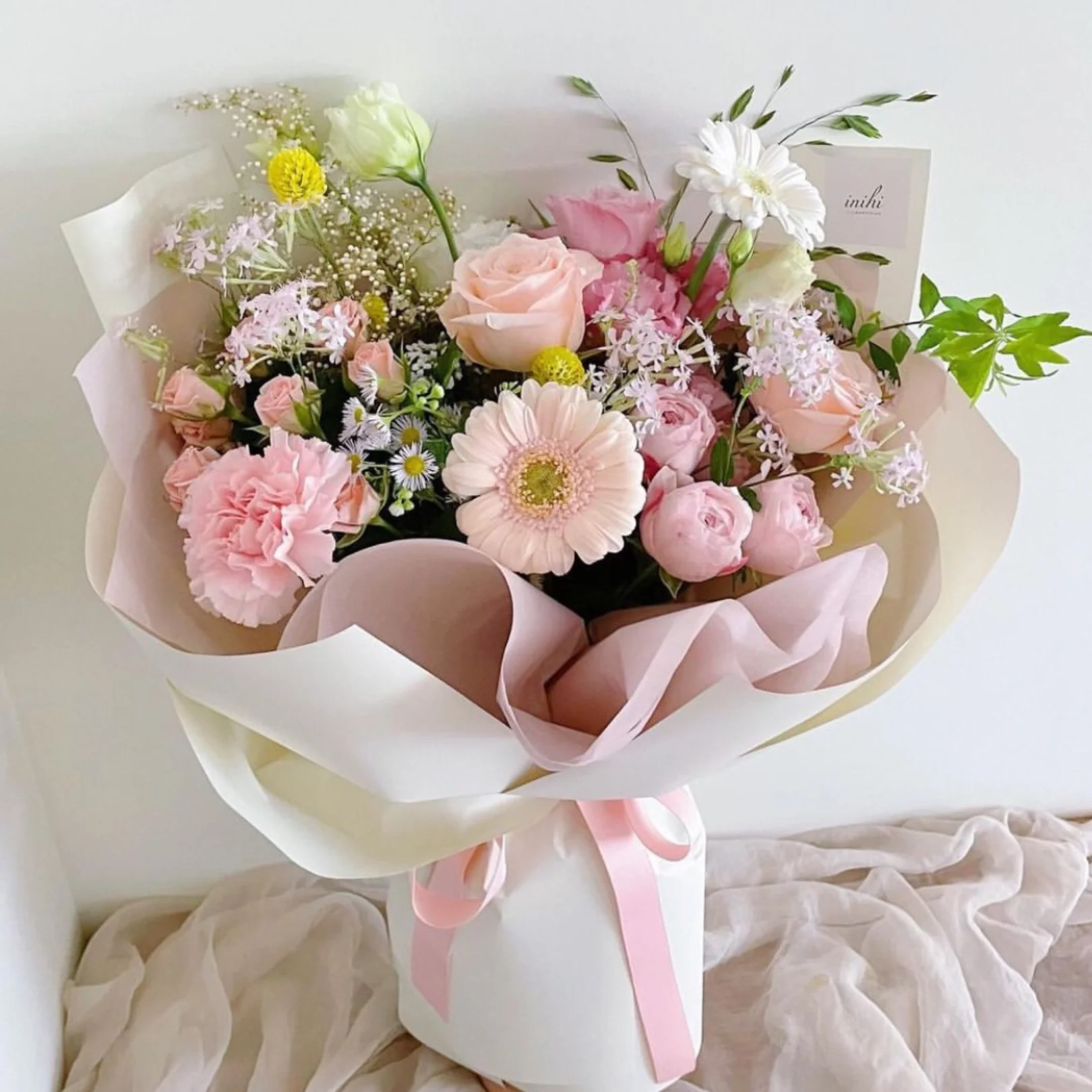Walk through a tropical forest at dawn, and you might spot them—perched on trees, clinging to mossy bark, or blooming defiantly in the shade. They aren’t just flowers. They’re whispers of ancient rainforests, symbols of rare beauty, and marvels of natural design. I’m talking about orchids—nature’s most exotic and enigmatic blossoms.
Orchids don’t just bloom. They perform, unfolding petals with intricate patterns and often intoxicating fragrances, like delicate works of living art. Their allure goes far beyond beauty. Orchids are survivors, tricksters, lovers of extremes—and they’ve been enchanting humans for millennia.
In this deep dive, we’ll explore the secrets behind the orchid’s charm: from ancient symbolism to rare varieties, and from global significance to their enduring role in gardens and imagination.
A Bloom Like No Other
Orchids are not your everyday flower. They don’t grow like daisies in a field or stretch skyward like sunflowers. They have their own agenda—some cling to tree trunks, others dangle in mid-air, and many thrive in environments where few plants would dare grow.
What makes them so extraordinary? For one, orchids are the largest family of flowering plants, with over 25,000 species and more than 100,000 hybrids and cultivars. You’ll find them from the Arctic tundra to humid jungles, though they’re most at home in tropical and subtropical regions.
But beyond their numbers, it’s their form and function that captivate. Every orchid flower is built with a singular mission in mind: to attract pollinators through complex structures, colors, and scents. Some even mimic the appearance or scent of female insects to lure males—nature’s botanical version of seduction.
See more: Kirribilli Florist: Custom Flower Arrangements for Weddings and Events
Symbolism: The Orchid’s Mysterious Messages
Orchids have long stirred the human imagination. Their exotic appearance and sometimes elusive blooms have made them symbols of luxury, sensuality, and mystery.
Ancient Civilizations and Orchid Lore
- In ancient China, orchids were admired for their elegance and were associated with nobility, refinement, and integrity. Confucius himself likened the virtuous man to an orchid hidden deep in the forest—graceful even without an audience.
- Greek culture offers a more sensual take. The word “orchid” actually comes from orchis, the Greek word for testicle, due to the shape of the plant’s underground tubers. This led to associations with fertility and virility.
- In Victorian England, orchids became coveted rarities, collected by the wealthy as signs of status and worldliness. To gift an orchid was to say: “You are rare and beautiful.”
Modern Symbolism
Today, orchids carry a blend of meanings:
- Love and beauty, especially romantic or refined love.
- Strength and resilience, due to their ability to survive in tough environments.
- Mystery and uniqueness, because of their striking, unusual appearance.
- In some cultures, specific orchids are used in spiritual or healing rituals, representing balance and purity.
A World of Wonders: Orchid Varieties
With such an expansive family, it’s no surprise that orchids come in countless forms, sizes, and colors. But here are a few notable types that have captured the hearts of gardeners and collectors around the world.
Phalaenopsis (Moth Orchid)
Arguably the most popular orchid for indoor growing, Phalaenopsis blooms resemble fluttering moths. They’re hardy, forgiving, and bloom for months—making them ideal for beginners.
Cattleya
Known as the “Queen of Orchids,” Cattleyas are flamboyant with large, ruffled blooms and intoxicating scents. Once a corsage staple, they still bring drama to any orchid collection.
Dendrobium
Found across Asia and the Pacific, Dendrobiums offer variety in growth and bloom style. Some drop their leaves before flowering, creating a dramatic show on bare canes.
Vanda
Vandas are the divas of the orchid world—demanding, yet spectacular. Their vibrant, often spotted flowers and aerial roots require high humidity and light, but the reward is well worth it.

Paphiopedilum (Lady Slipper Orchid)
With their unique pouch-like blooms, these ground-dwelling orchids resemble tiny, elegant slippers. They’re a favorite for collectors and a marvel of evolutionary adaptation.
Ghost Orchid (Dendrophylax lindenii)
Elusive and ethereal, the ghost orchid is native to Florida and Cuba and is nearly impossible to spot in the wild. Its white, floating bloom has inspired legends, conservation efforts, and even novels.
Orchids Around the World
From the jungles of Southeast Asia to the cloud forests of South America, orchids adapt and thrive in ecosystems across the globe. Each region has its own native species, shaped by climate and culture.
In Thailand, orchids are symbols of hospitality and grace, often given as offerings at temples or during special ceremonies.
In Japan, orchids represent wealth and nobility—once reserved for the samurai class and cultivated with precision and reverence.
In the Amazon, orchids live symbiotically with trees, forming part of the rich and delicate balance of life in the rainforest.
And in Hawaii, the tropical environment allows orchids to grow outdoors year-round, often blooming on lava rock or in home gardens.
The Timeless Elegance of Orchids
Orchids have long fascinated artists, poets, and designers, their exotic flair making them irresistible muses.
In Literature and Art
Orchids have been portrayed as symbols of rare beauty and obsession. In Susan Orlean’s The Orchid Thief, for instance, they become an emblem of passion and madness—of people willing to risk everything for a flower.
In art, orchids often appear as symbols of sensuality and elegance, their curves and hues captured in paintings, textile patterns, and botanical illustrations.
In Weddings and Fashion
Orchids are popular choices for wedding bouquets and décor, representing love, refinement, and strength. White orchids suggest purity and elegance, while vibrant pinks or purples bring drama and romance.
Quotes and Reflections
- “An orchid in a deep forest sends out its fragrance even if no one is around to appreciate it.” — Confucius
- “Love is an orchid which thrives principally on hot air.” — Myrtle Reed
These blooms have found their way into everything from perfume bottles to haute couture designs, each time reminding us of their dual nature: both wild and refined, mysterious and magnetic.
Caring for Orchids: A Love That Takes Patience
Many people are intimidated by orchids, assuming they’re high-maintenance. And while some species are fussy, many are surprisingly hardy—if you understand their needs.
- Light: Most orchids prefer bright, indirect light. Too much sun can scorch them; too little, and they won’t bloom.
- Water: Unlike most houseplants, orchids hate “wet feet.” Water when the roots turn silvery, usually once a week.
- Humidity: These tropical beauties love moisture. A tray of pebbles or a nearby humidifier helps mimic their native conditions.
- Airflow: Orchids thrive with good air circulation—another nod to their forest-dwelling ancestry.
Treat your orchid with gentle attention, and you’ll be rewarded with blooms that last for weeks or even months.
Conclusion: The Orchid’s Enigmatic Legacy
To know orchids is to appreciate contradiction: they are delicate yet durable, ornate yet efficient, common yet exotic. They challenge our assumptions and reward our curiosity.
In a world of fast-growing, fast-fading things, the orchid invites us to slow down and observe. To admire detail. To wonder about evolution. To cherish beauty that isn’t loud, but lasting.
As a gardener and lifelong admirer of these mysterious blooms, I can say there’s nothing quite like the moment an orchid opens. It feels personal, like a secret shared between plant and caretaker.
So the next time you pass an orchid in a shop window or under a jungle canopy, pause. Look a little closer. Nature is speaking—in ruffles, in fragrance, in color.
And the orchid? She’s whispering her secrets to those who care enough to listen.



